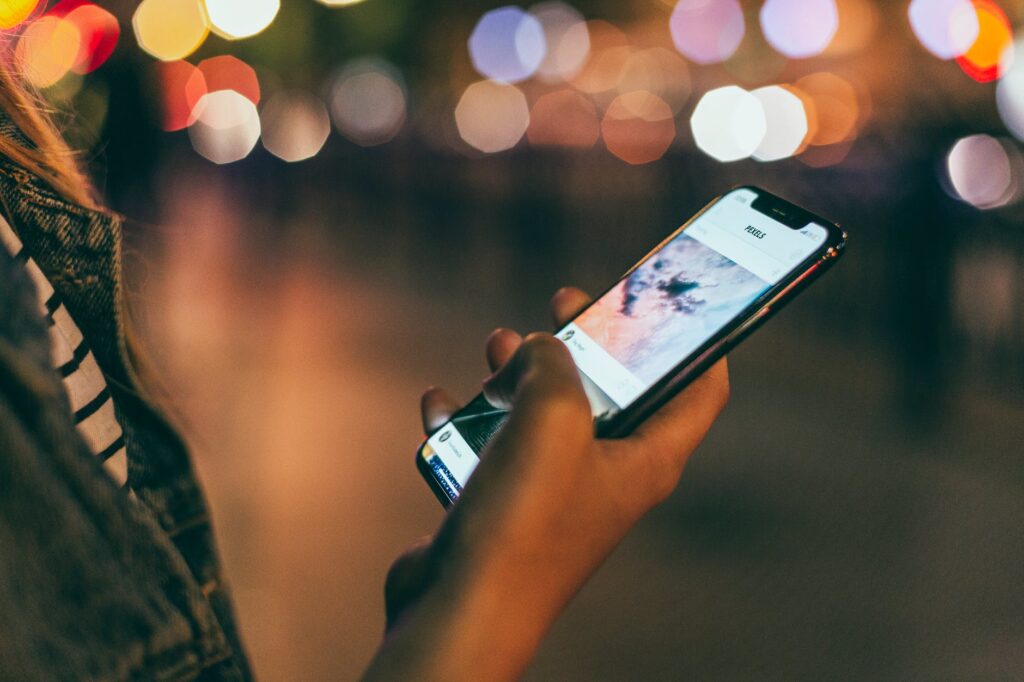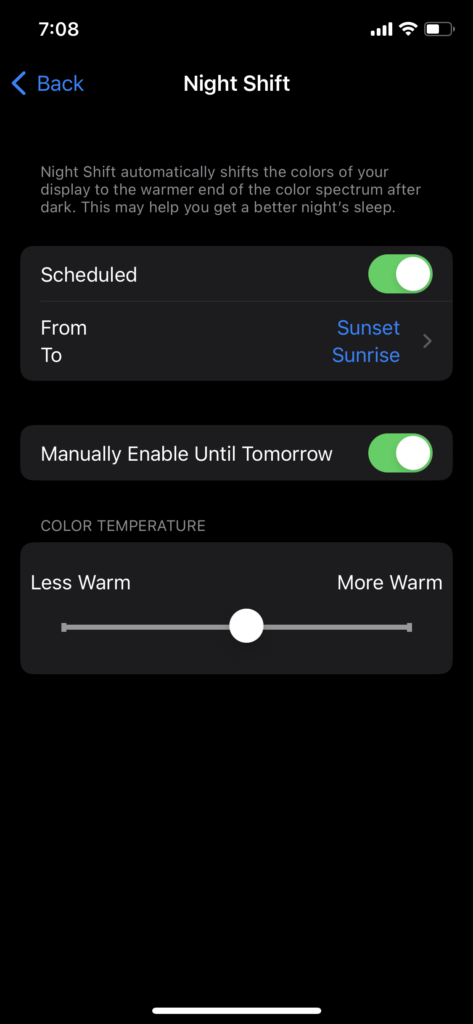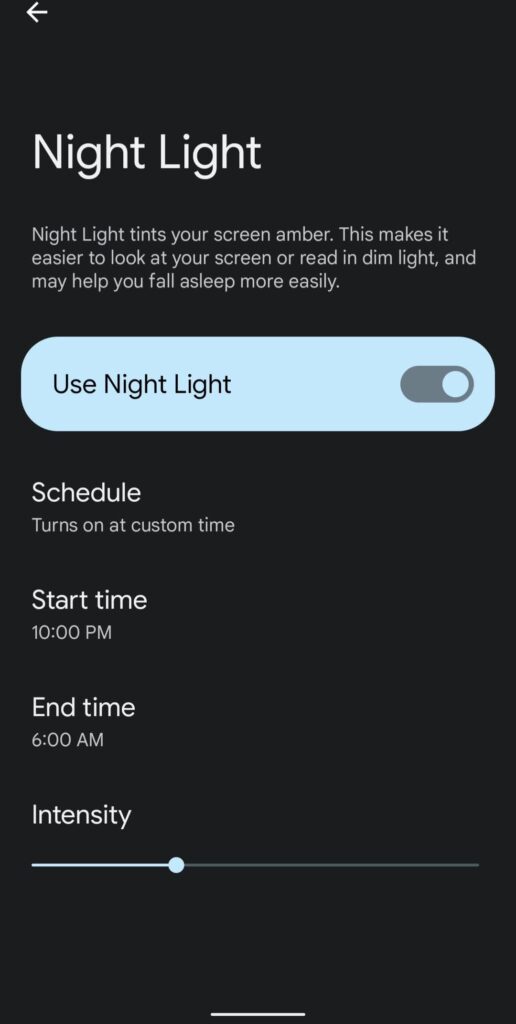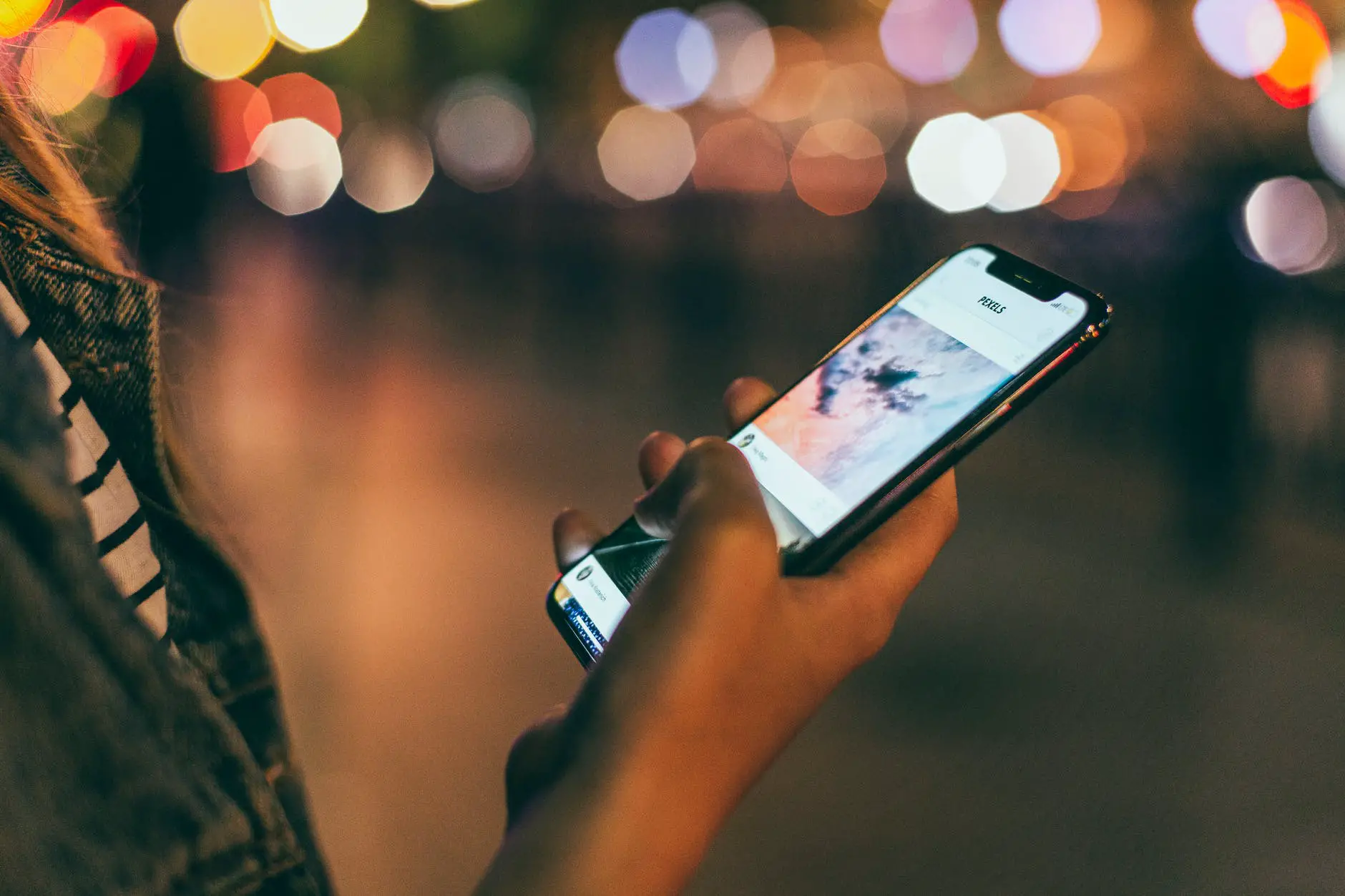Table of Contents
Introduction on Blue Light in Phones
Hey there, smartphone aficionados! We’re about to dive into the vibrant world of “Blue Light” in your beloved gadgets. You might have heard rumors about this mysterious light, but what’s the real scoop? Let’s demystify it together.
The Basics
First things first, what is this blue light we’re talking about? Well, it’s exactly what it sounds like—light that’s blue, the kind that comes out of your phone, tablet, or computer screens. It’s not some secret code for late-night Netflix binges; it’s just the color of the light emitted by your device.
The Good Side
Blue light isn’t all bad; in fact, it plays a crucial role in our lives. It helps regulate our circadian rhythms, keeping us awake and alert during the day. When the sun shines, it’s loaded with blue light, helping us stay on our toes and full of energy. So, it’s not just a smartphone thing; nature’s been using it for ages!
The Not-So-Good Side
Here’s the catch: our screens love to blast us with blue light, especially in the evening when it can wreak havoc on our sleep patterns. Staring at screens before bedtime can trick our brains into thinking it’s daytime, making it harder to fall asleep. That’s why experts often suggest giving your eyes a break from screens at least an hour before bed.
The Eye Factor
Blue light can also give your eyes a tough time, causing digital eye strain. You might’ve experienced this – dry, tired eyes, blurred vision, and the overwhelming desire to rub your peepers. Ouch! But don’t worry, there are ways to reduce this discomfort, like using blue light-blocking glasses or enabling “Night Mode” on your devices.
Take Control
Now, you might be wondering, “What can I do to protect myself from this blue light villain?” Fear not! There are some simple steps you can take:
- Night Mode: Enable “Night Mode” or “Blue Light Filter” on your devices, which reduces blue light emission during the evening hours.
- Apps: Download apps that reduce blue light further, adjusting your screen’s color temperature as the day progresses.
- Break Time: Remember to take regular screen breaks. Your eyes will thank you!
- Glasses: Consider blue light-blocking glasses, especially if you spend long hours in front of screens.
Blue light in phone and it’s effects
Sunlight has blue light just like our mobile and PC screens which will tell the brain to be alert and it’s the nature’s way of keeping us awake. So when you have more screen time later in the day these blue light emissions from screens keep you awake by reducing melatonin. So in most of the smartphones that came in last 4-5 years, manufacturers included a feature to reduce blue light by making screen look warmer.

iPhone settings to reduce blue light n phones
This feature is called as Night Shift in iPhones which shifts the colors of the display to warmer end of the spectrum. To enable this setting, you can follow the below steps.
- Go to Settings
- Then go to Display & Brightness
- Under that, choose Night Shift

It can be scheduled from sunset to sunrise and based on your timezone, it will be enabled manually. You can also manually turn on and also do a custom time based schedule.
Settings to reduce blue light in phones(Android)
Android phones have even more easier way to enable the warm lights thus reducing blue lights. This can be done by the drop down control center from Home Screen. Then select “Night Light”. You can access this through settings and display just like in Apple devices. All scheduling options are same as iPhones where you can do sunset to sunrise, manual time based schedule or a forced on till next day. The intensity of this night light can be adjusted.

This option can be found in most devices like laptops, MacBook, iPads and other tablet devices. Steps to enable it are more or less the same as I explained in this article. Hope this is helpful to you, enable these settings for a good night sleep and a better healthy life.
Research shows blue light affects your sleep and reduces melatonin which affects the sleep. I would say it’s better to keep out of screens at least 2 hours before sleep. And if you cannot avoid it for various reasons, using it with Night Sight / Night Light enabled will help you to avoid the blue light effects to some extent.
Final Thoughts on Blue Light in Phones
Blue light in phones isn’t all bad, but it’s important to strike a balance. Embrace the benefits during the day, but be mindful of its potential downsides in the evening. A little adjustment here and there, and you can enjoy your tech while keeping your eyes and sleep patterns in check. So, keep calm, and screen on, responsibly! 😊📱💤
Hope you found this article helpful and appreciate if you can share any thoughts or comments.


